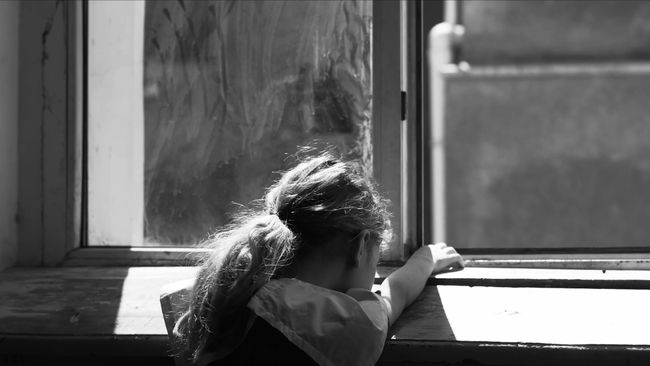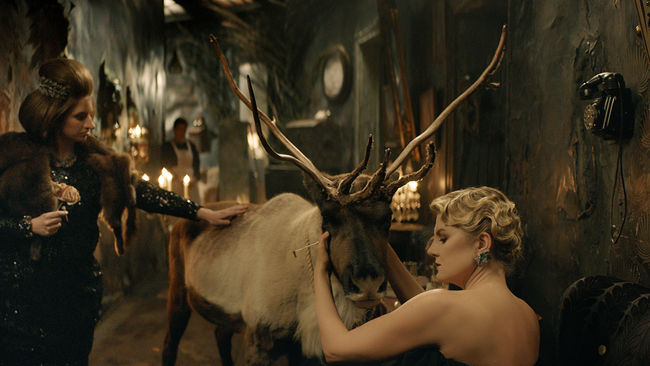Friends and Strangers − What Is It That We’re Taking Slow?
27 January 2021
For each of the features in competition, IFFR asked a critic, writer, academic or programmer to write a short reflection in a personal capacity. The resulting series of ‘Appreciations’ aims to encourage viewers − and filmmakers − at a time when there is no physical festival. Adrian Martin shines a light on Friends and Strangers.
Intimacy: there’s always too much of it, or not enough of it. Such is the interpersonal terrain of James Vaughan’s delightful and surprising Australian film, Friends and Strangers.
A young man (Fergus Wilson as Ray) and woman (Emma Diaz as Alice) go on a trip together; he’s a bit gormless and awkward in his attempts at conversation, while she’s more confident and experienced, but is in the process of getting over a long-term relationship that had hit the rocks. Ray and Alice are not a couple but – and here the excruciating comic buzz, like in an Elaine May film, starts to set in – maybe they could be, at any moment. After all, they are sharing the same tent. Even though they seem scarcely to know each other.
The film (which is also scripted by Vaughan) proceeds by introducing other characters, particularly other couples: we are implicitly invited to compare them on a scale of over- or under-intimacy. Like Alice and Ray, little Lauren (Poppy Jones) and her father happen to share a bed in their caravan: is that too much closeness between parent and child? With the lightest and gentlest of touches, Friends and Strangers simply moves on to explore further aspects of its human mosaic, without passing moralising judgement or positing any supposedly healthy, balanced norm of what a ‘relationship’ is.
The friends, lovers and family members here are never quite sure of where the interactive boundaries and barriers are set: “Can I be honest?” is a plaintive opening gambit from Ray’s best pal, Miles (David Gannon). But elsewhere, it’s the strangers encountered along every path who never cease to overshare banalities, ask deeply probing questions, or impose their bullish will on people they’ve never met before. Ray, who makes wedding videos, goes to discuss a job with a very well-off client, David (Greg Zimbulis); the latter, right off the bat, poses startling propositions like: “Would you agree with the statement that videography is the art of illusion?”
In its unique way, Friends and Strangers is a comedy of manners. As such, it will be inevitably compared with the work of Éric Rohmer. But, with its elliptical structure of characters who appear and disappear across a fan of seemingly disconnected episodes, it is closer to the Hong Sangsoo model. Like Hong’s films, it projects a droll, quizzical, frazzled perception of the oddness of meetings, partings, and uncertain emotional (and physical) fumblings.
This particular comedy of manners is also very Australian, without making a nationalistic show of it. Like many countries, Australia is a place in which the ‘big cities’ or metropolitan centres like to behave as rivals. A friend once explained to me the difference between Melbourne and Sydney in cultural-linguistic terms: when Melburnians kiss passionately, they refer to it as “pashing on”, whereas Sydneysiders “pash off”. All relationships in Sydney, I was authoritatively informed, are therefore furtive, fleeting, ambiguous. Need I say that Friends and Strangers is, down to its toes, a Sydney film? That’s a big part of its charm, humour and style.
Adrian Martin is an Australian freelance writer and film critic. He also holds a position as Adjunct Associate Professor in Film Culture and Theory at Monash University.
Appreciations
‘Appreciations’ aims to encourage viewers − and filmmakers − at a time when there is no physical festival. Discover more short reflections on the features in competition.



